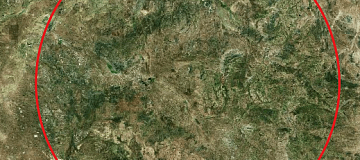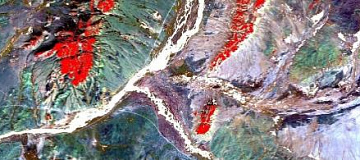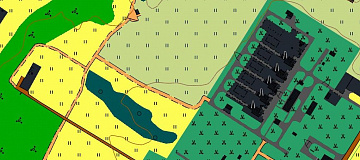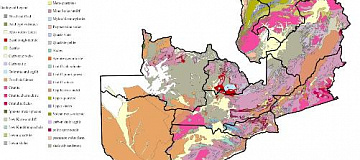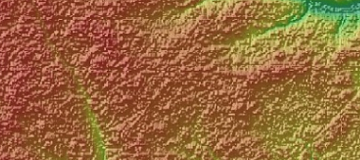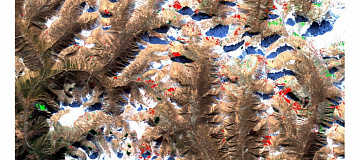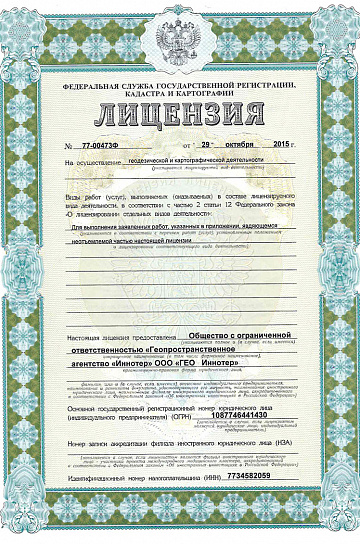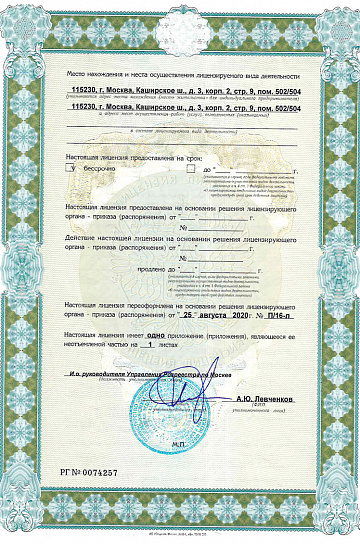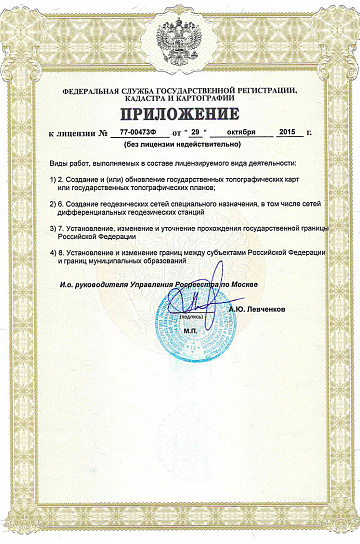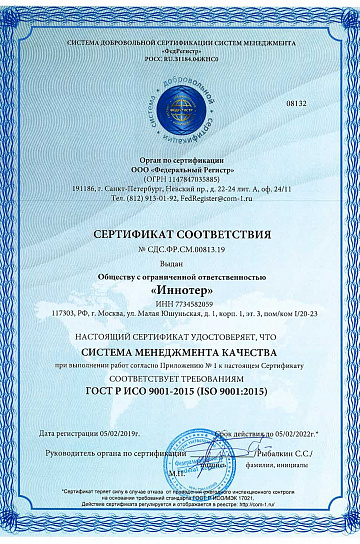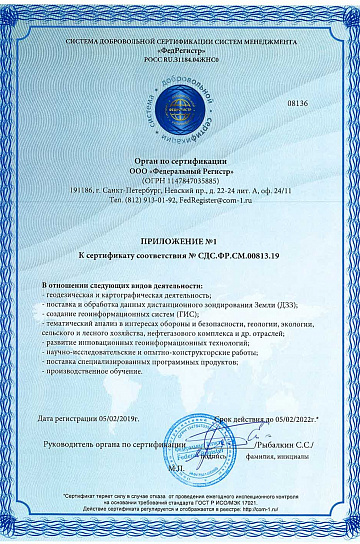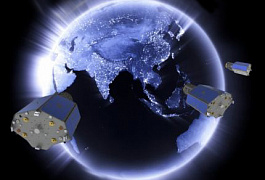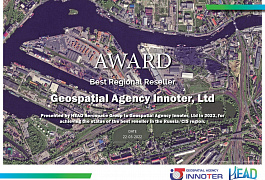
Prices for services
| Consultation | Free |
|---|---|
| Image Selection, Preliminary Analysis, Technical Task Compilation | Free |
| Image Ordering |
The cost of remote sensing materials (RSM) is calculated individually for each order and may vary: - Using free satellite images - and/or using commercial satellite images* |
| Work of Technical Specialists and Expert(s) | From $10,000 USD |
| TOTAL COST | From $10,000 USD |
* - if the Customer does not provide their materials, or it is not possible to use free images.
The cost depends on:
- Area of interest (region);
- Type of imaging - archival / new, free images / paid;
- Number of images;
- Quality characteristics of the images;
- Complexity of the terrain;
- Seasonality;
- Advance payment amount;
- Required computational resources;
- Geological complexity of the area;
- Whether materials need to be purchased or provided by the Customer;
- And more.
The cost of execution is calculated on an individual basis, taking into account a specific of task.
After receiving the task description, we calculate the cost and send you a commercial offer.
Period of execution
The timeframe for conducting reconnaissance of mineral deposit locations is a minimum of 20 working days from the date of receiving the advance payment and is calculated individually for each customer.
The service completion timeframe depends on:
- Total area of the area of interest;
- Availability of archival remote sensing materials (RSM), the need for new imaging;
- Requirements for remote sensing materials (RSM), the final product.
The service completion timeframe depends on the complexity of the task and is calculated individually for each customer.
How to place an order:
Need for consultation?
Fill the form and we will contact you
Stages of service provision
Related services





Completed projects
Customers
FAQ
Licenses
Warranty
We guarantee compliance with building codes (SNIP), state standards (GOST), and construction regulations (SP). We adhere to advanced methodologies and utilize the most up-to-date software tools.
We ensure a 100% quality guarantee for our services. By collaborating with GEO Innoter specialists, you eliminate risks and losses.
The presence of qualified professionals who are proficient in specialized software and possess years of experience enables us to provide these assurances!










